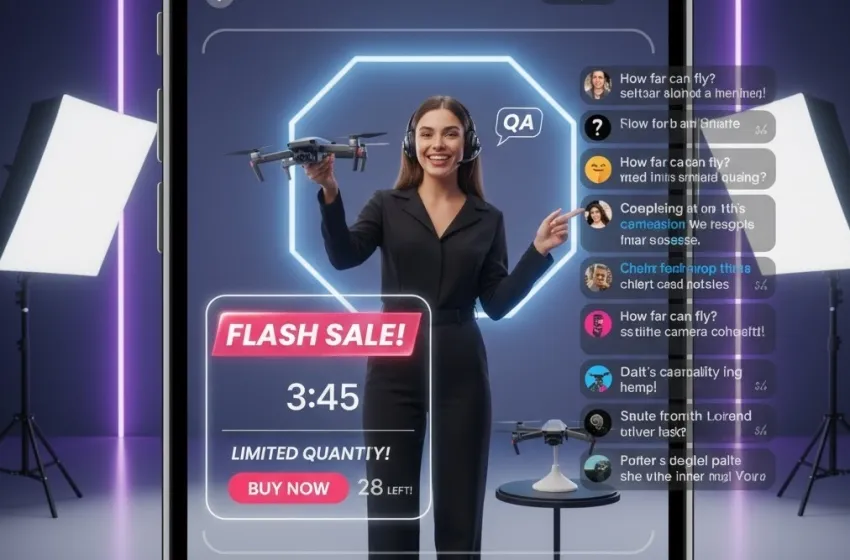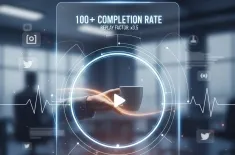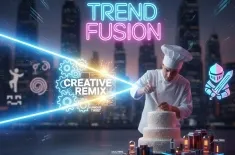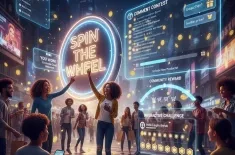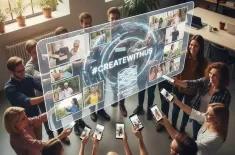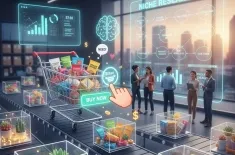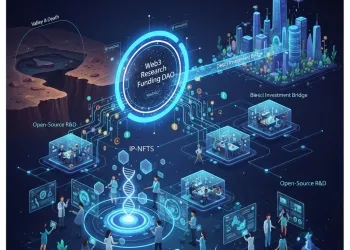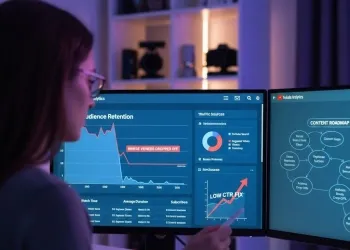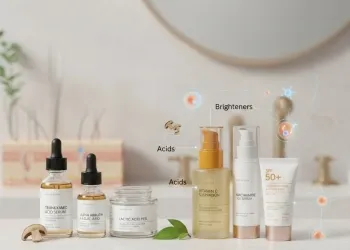Use real-time Q&A and limited quantity flash sale offers during your product demonstration for high-conversion success.
In the rapidly evolving landscape of social commerce, TikTok Live has emerged as a powerhouse for driving immediate sales. It offers an unparalleled level of authenticity and immediacy that traditional e-commerce lacks. The most effective way to leverage this platform is through meticulously structured Live Stream Demos—high-energy events designed not just for showcasing products, but for converting engaged viewers into instant customers. This guide breaks down the structure of a successful live event, emphasizing real-time Q&A, instant answers, and the strategic use of limited-time offers to create irresistible urgency.
The Power of Live Shopping: Why Real-Time Conversion Matters
Live shopping, or livestream commerce, bridges entertainment and retail. It capitalizes on the human desire for social interaction and immediate gratification. When viewers see a product demonstration performed by a trusted host, they are simultaneously entertained, informed, and—crucially—able to purchase the item without ever leaving the stream.
The reason TikTok Live is so effective for conversion is its ability to compress the sales funnel. Instead of a multi-step journey (discovery, research, consideration, purchase), a live event allows for discovery and purchase to happen within minutes. The algorithm favors live content, pushing streams to the "For You" feeds (FYPs) of interested users, giving your live shopping event a significant organic reach boost.
Phase 1: Preparation and Promotion (Building the Hype)
A high-converting Live Stream Demo is 50% performance and 50% planning. Before you even hit the "Go Live" button, you must build anticipation.
Pre-Stream Checklist:
- Product Selection: Choose products that are highly visual and require demonstration (e.g., makeup, tech gadgets, functional apparel). Avoid items that are too complex or simple to show value.
- The Set: Ensure excellent lighting and clear audio. The focus should be on the product. Use a clean, branded backdrop.
- Promotion: Use the Countdown Sticker on short, engaging TikTok videos in the days leading up to the event. Clearly state what product will be demonstrated and mention the exclusive deals (flash sale, limited quantity) that will only be available during the TikTok Live.
- Host Energy: The host must be charismatic, knowledgeable, and energetic. Their excitement is contagious and essential for maintaining viewer attention.
Phase 2: The High-Energy Live Structure
The structure of the stream must be dynamic, rotating between informative segments and high-urgency sales moments.
A. The Grand Welcome and High-Value Hook (First 5 Minutes)
- Immediate Value: Start with a brief, high-impact demonstration of the main product's most exciting feature. Don't wait for viewers to join; reward those who are punctual.
- Set the Rules: Quickly explain the format. Announce that you will be hosting a real-time Q&A and that viewers should submit questions in the chat. Crucially, announce the limited quantity rule for the first deal to set an immediate tone of scarcity.
B. The Deep Dive Product Demonstration
This is the core of the event. Don't just show the product; demonstrate its use, solve a problem with it, and compare it to alternatives.
- Show, Don't Tell: Use the product demonstration to highlight texture, quality, functionality, and size. Show the product being used in relevant, relatable scenarios. A fashion retailer, for example, might model several ways to wear an item.
- Segmented Demos: Break the demonstration into 5-7 minute segments, focusing on one key feature or benefit per segment. This keeps the pacing quick and holds viewer interest.
C. Real-Time Q&A: Building Trust and Overcoming Objections
This is the non-negotiable step that converts skeptical viewers. Real-time Q&A is the social proof engine of live shopping.
- Instant Interaction: The host (or a moderator feeding the host questions) must answer questions instantly. Addressing viewer queries like "What is the return policy?" or "Does this come in blue?" removes purchase friction immediately.
- Personalization: Call out viewers by name when answering their questions (e.g., "Great question, Sarah!"). This personal acknowledgment fosters audience involvement and trust.
- Product Re-Demonstration: When a viewer asks a question about a feature (e.g., "How strong is the strap?"), the host should immediately perform a mini-product demonstration to prove the feature, reinforcing confidence in the moment.
Phase 3: The Urgency Engine (Conversion Triggers)
Sales are driven by emotion, particularly the fear of missing out (FOMO). You must structure your deals around scarcity and time limits.
1. The Flash Sale Strategy
Use time-bound offers to force immediate decision-making.
- The Timer: A true flash sale should last no more than 5 to 10 minutes. Use a clear, on-screen timer to constantly remind viewers the offer is ending.
- Tiered Deals: Structure the deals to reward speed. Example: 10 minutes, 30% off. Once the timer hits zero, the discount drops to 15% for the rest of the stream. This creates motivation to purchase immediately.
2. The Limited Quantity Tactic
Scarcity is a potent psychological trigger. **Limited quantity** is often more powerful than a time limit alone because the item could sell out at any second, regardless of the clock.
- Inventory Transparency: Display the remaining stock count clearly on the screen (e.g., "Only 50 Left!"). Seeing the number drop in real-time is the most effective way to accelerate sales.
- Anchor Products: Pair the limited quantity item (e.g., a highly coveted, low-stock accessory) with a high-margin item (e.g., a shirt) in a bundle deal. The scarcity of the accessory drives the sale of the bundle.
Integrating the Triggers
The most effective sales segments combine both:
"For the next five minutes, we are offering the Pro Bundle at 40% off, but there are only limited quantity (42 units left!) available! Grab it now before the flash sale ends!"
This dense, high-urgency call-to-action is the apex of the high-converting Live Stream Demo.
Phase 4: Closing and Follow-Up
Do not end the stream abruptly.
- Final Call: Do one last real-time Q&A round, focusing only on people who ask questions about the purchasing process.
- Next Event Tease: Announce the next **product demonstration** or **live shopping** event. Encourage viewers to follow and turn on notifications.
- Post-Stream: Convert the best clips (high-energy demos, insightful Q&A answers) into short, edited TikTok videos to generate traffic for the replay or follow-up content.
Engagement & Sales Triggers:
real-time Q&A conversion, creating urgency in live sales, **flash sale** execution, leveraging **limited quantity** for sales, FOMO in e-commerce.
Product Focus:
effective product demonstration techniques, livestream product showcasing, high-converting live events, social media retail demos.
User Intent:
how to sell on TikTok Live, livestream revenue increase, running a **flash sale** on social media, improving conversion rate **live shopping**.
By meticulously following this structure, integrating high-energy demonstrations, prioritizing real-time Q&A, and utilizing flash sale and limited quantity tactics, you transform your TikTok Live from a mere broadcast into a powerful, high-converting live shopping event.
